A Cold War relic that’s now a park and a hiking destination
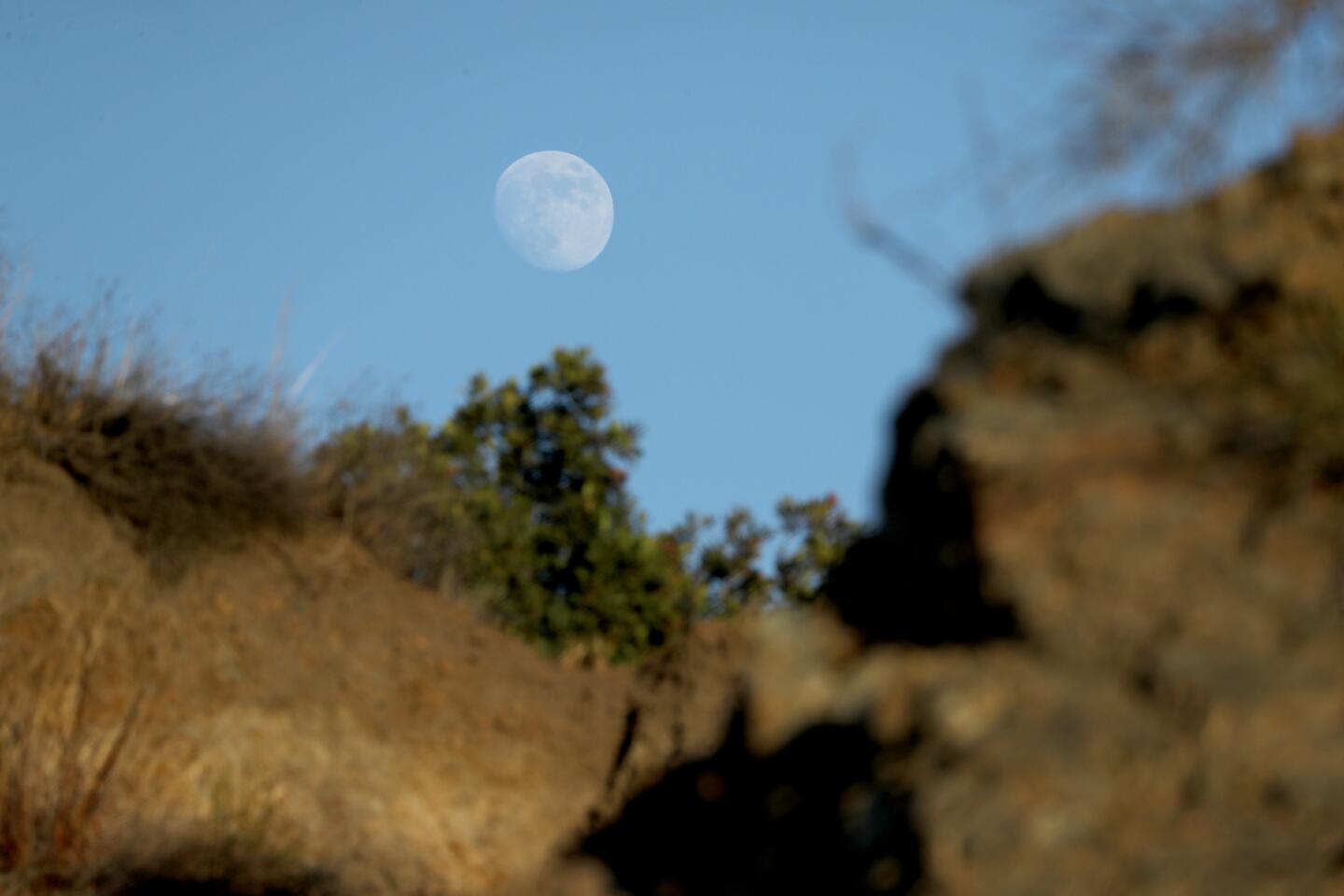
A view of the former Nike surface-to-air missile outpost that is now San Vicente Mountain Park in Los Angeles. The outpost was operated by the Army from 1956 to 1968 and was the principal control base for a series of Nike surface-to-air missiles, hidden in silos across the city and designed to protect Southern California from attacks by Soviet bombers. Now part of the Santa Monica Mountains Conservancy, it boasts public restrooms, drinking fountains, picnic tables and informational plaques.
(Allen J. Schaben / Los Angeles Times)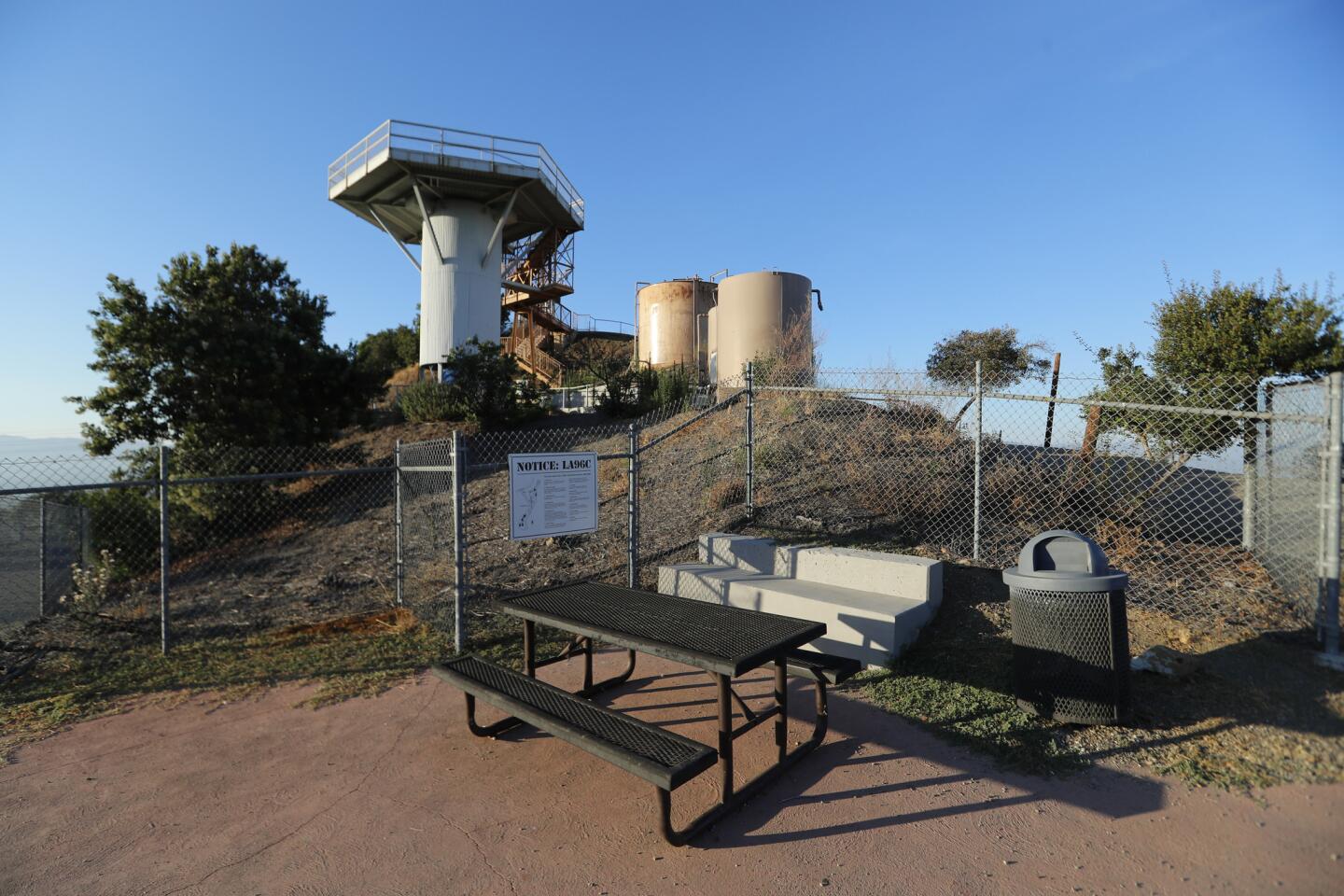
A view of the former Nike surface-to-air missile outpost that is now San Vicente Mountain Park in Los Angeles. The outpost was operated by the Army from 1956 to 1968 and was the principal control base for a series of Nike surface-to-air missiles, hidden in silos across the city and designed to protect Southern California from attacks by Soviet bombers. Now part of the Santa Monica Mountains Conservancy, it boasts public restrooms, drinking fountains, picnic tables and informational plaques.
(Allen J. Schaben / Los Angeles Times)
A view of the former Nike surface-to-air missile outpost that is now San Vicente Mountain Park in Los Angeles. The outpost was operated by the Army from 1956 to 1968 and was the principal control base for a series of Nike surface-to-air missiles, hidden in silos across the city and designed to protect Southern California from attacks by Soviet bombers. Now part of the Santa Monica Mountains Conservancy, it boasts public restrooms, drinking fountains, picnic tables and informational plaques.
(Allen J. Schaben / Los Angeles Times)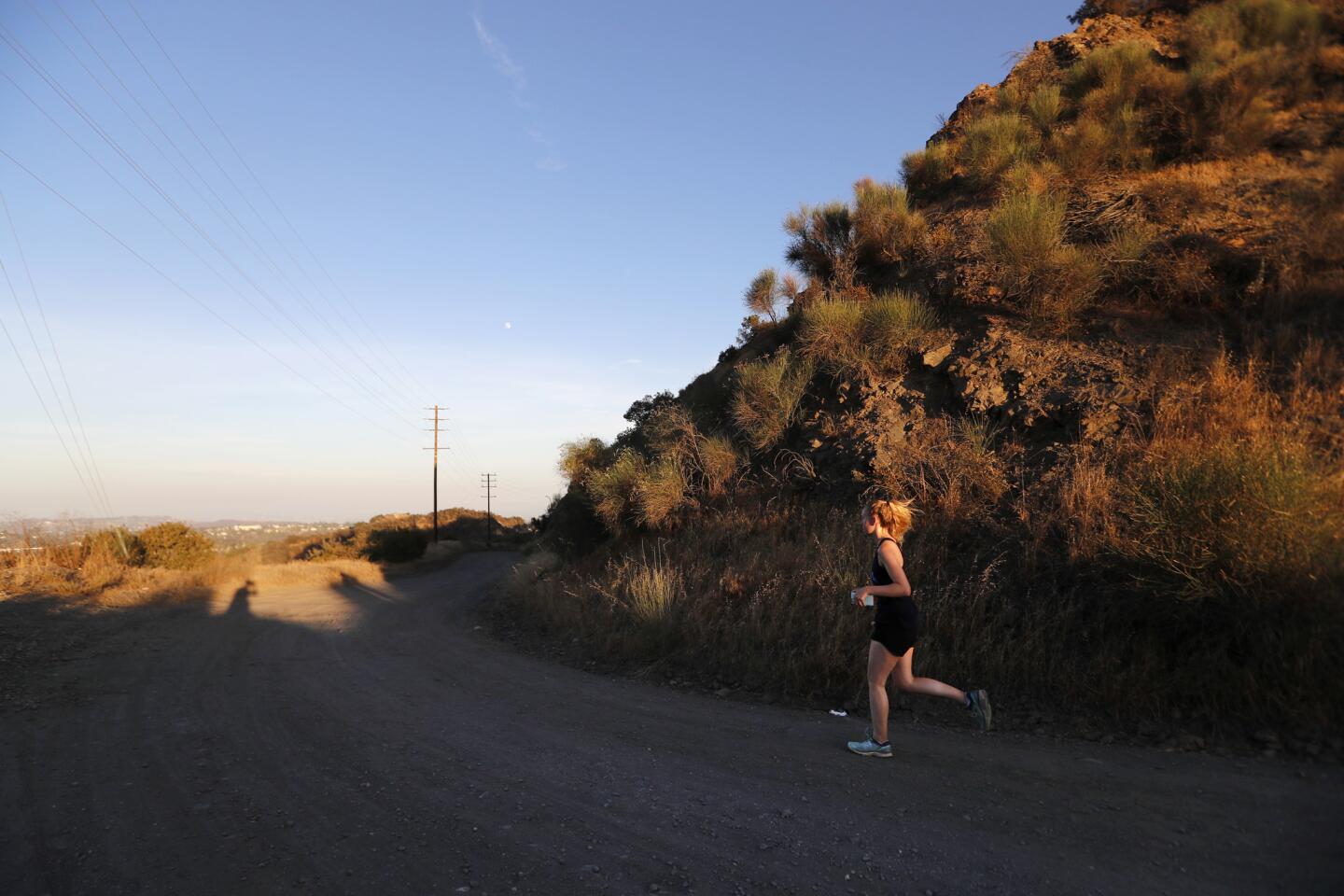
A view of the former Nike surface-to-air missile outpost that is now San Vicente Mountain Park in Los Angeles. The outpost was operated by the Army from 1956 to 1968 and was the principal control base for a series of Nike surface-to-air missiles, hidden in silos across the city and designed to protect Southern California from attacks by Soviet bombers. Now part of the Santa Monica Mountains Conservancy, it boasts public restrooms, drinking fountains, picnic tables and informational plaques.
(Allen J. Schaben / Los Angeles Times)Advertisement
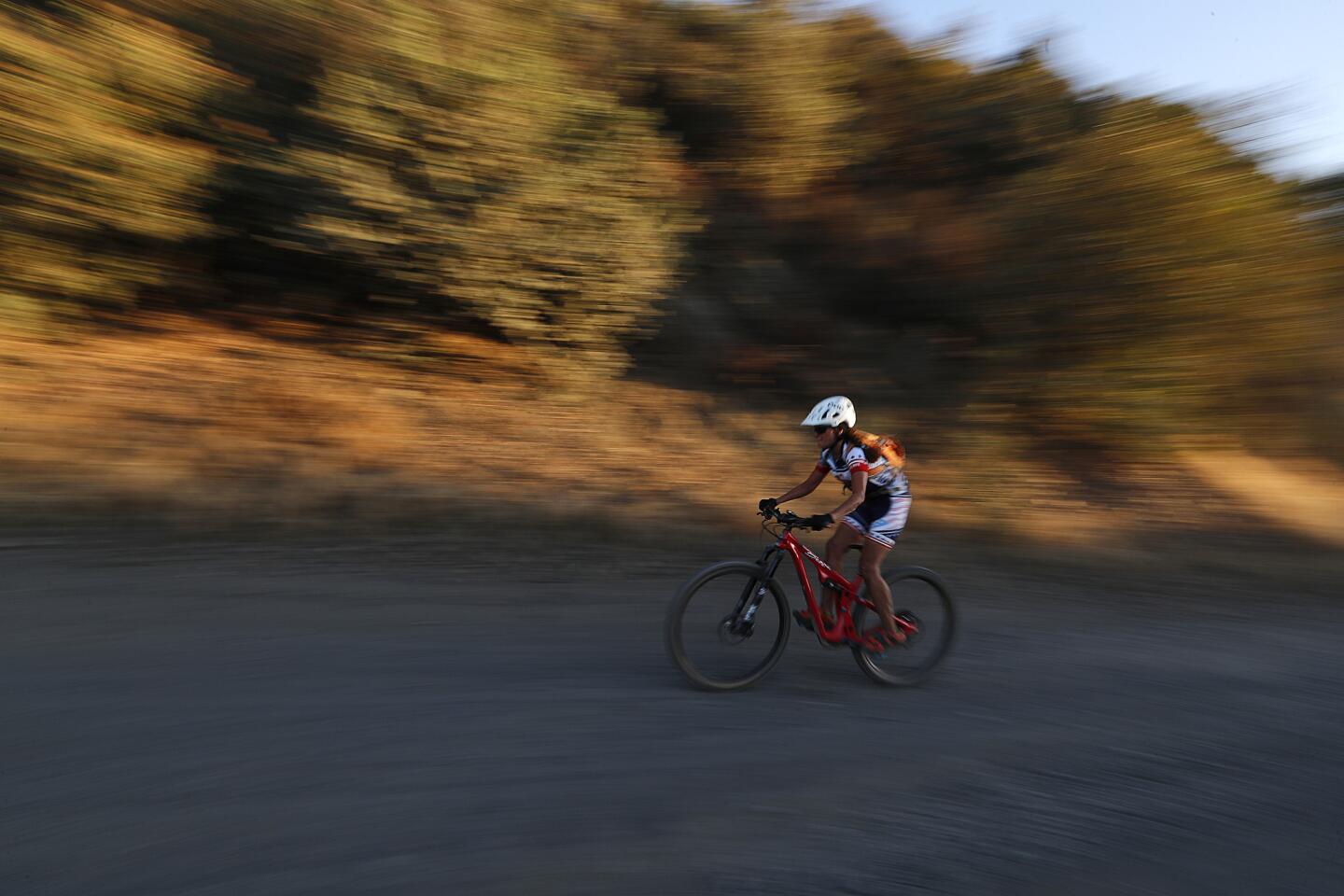
A view of the former Nike surface-to-air missile outpost that is now San Vicente Mountain Park in Los Angeles. The outpost was operated by the Army from 1956 to 1968 and was the principal control base for a series of Nike surface-to-air missiles, hidden in silos across the city and designed to protect Southern California from attacks by Soviet bombers. Now part of the Santa Monica Mountains Conservancy, it boasts public restrooms, drinking fountains, picnic tables and informational plaques.
(Allen J. Schaben / Los Angeles Times)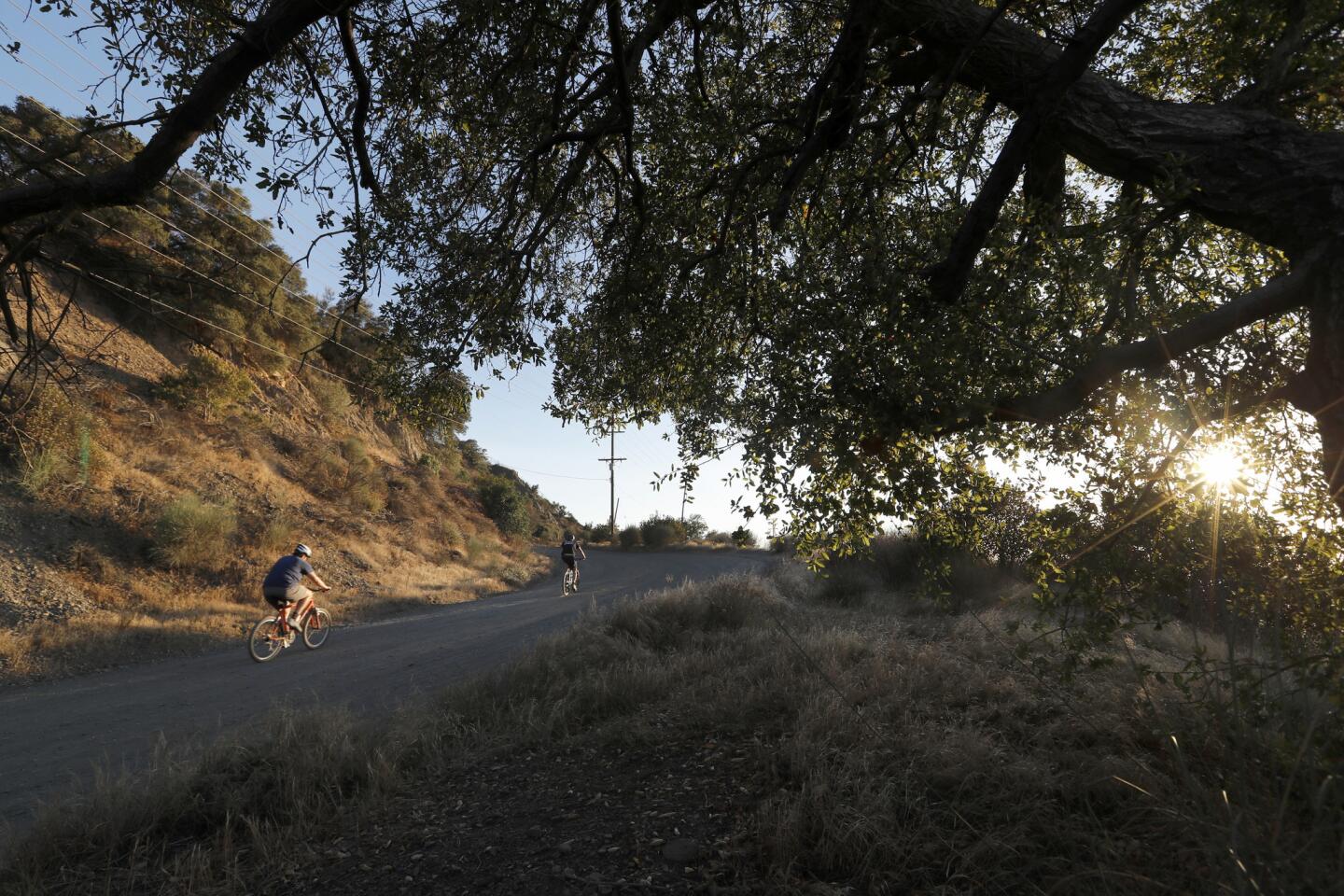
A view of the former Nike surface-to-air missile outpost that is now San Vicente Mountain Park in Los Angeles. The outpost was operated by the Army from 1956 to 1968 and was the principal control base for a series of Nike surface-to-air missiles, hidden in silos across the city and designed to protect Southern California from attacks by Soviet bombers. Now part of the Santa Monica Mountains Conservancy, it boasts public restrooms, drinking fountains, picnic tables and informational plaques.
(Allen J. Schaben / Los Angeles Times)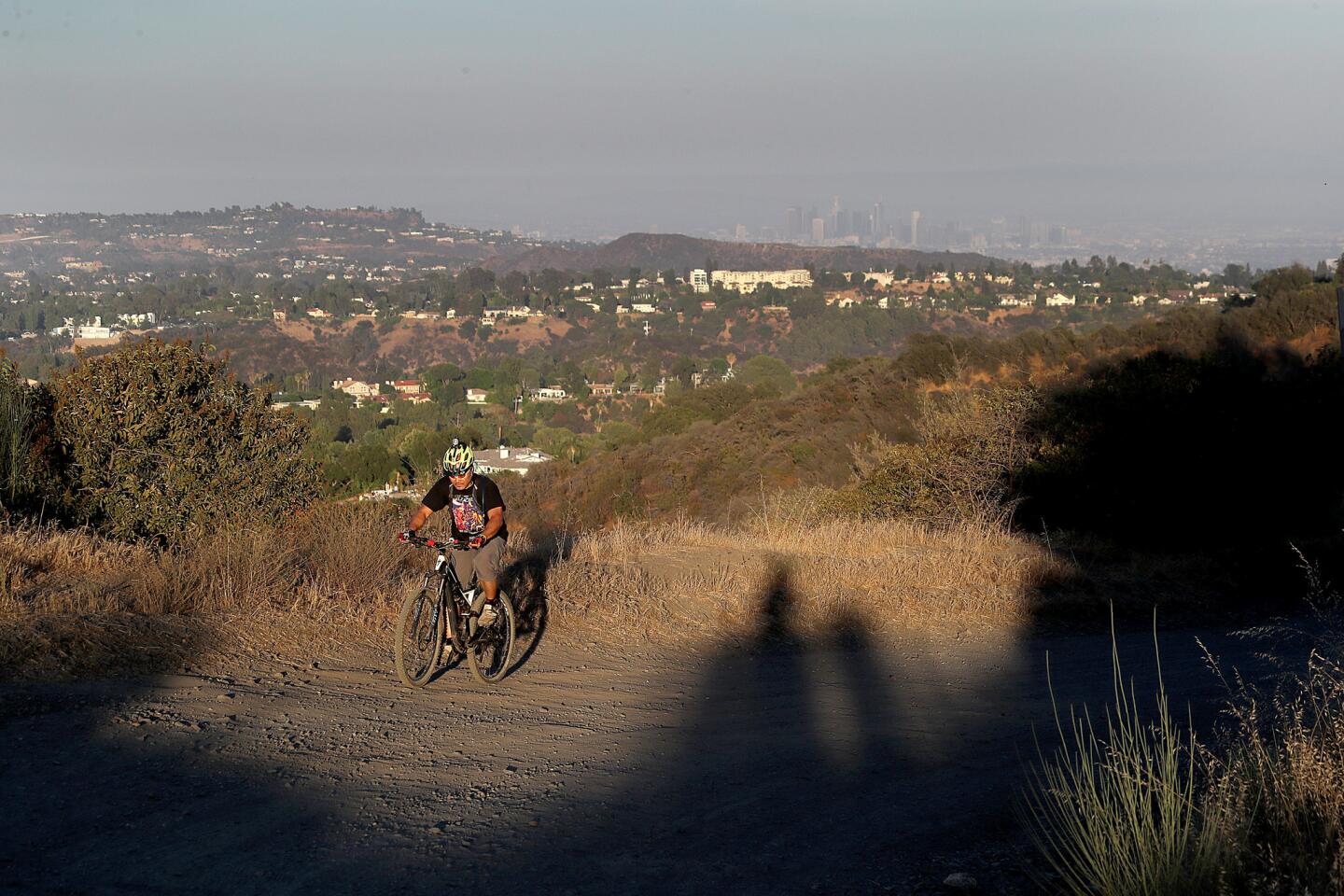
A view of the former Nike surface-to-air missile outpost that is now San Vicente Mountain Park in Los Angeles. The outpost was operated by the Army from 1956 to 1968 and was the principal control base for a series of Nike surface-to-air missiles, hidden in silos across the city and designed to protect Southern California from attacks by Soviet bombers. Now part of the Santa Monica Mountains Conservancy, it boasts public restrooms, drinking fountains, picnic tables and informational plaques.
(Allen J. Schaben / Los Angeles Times)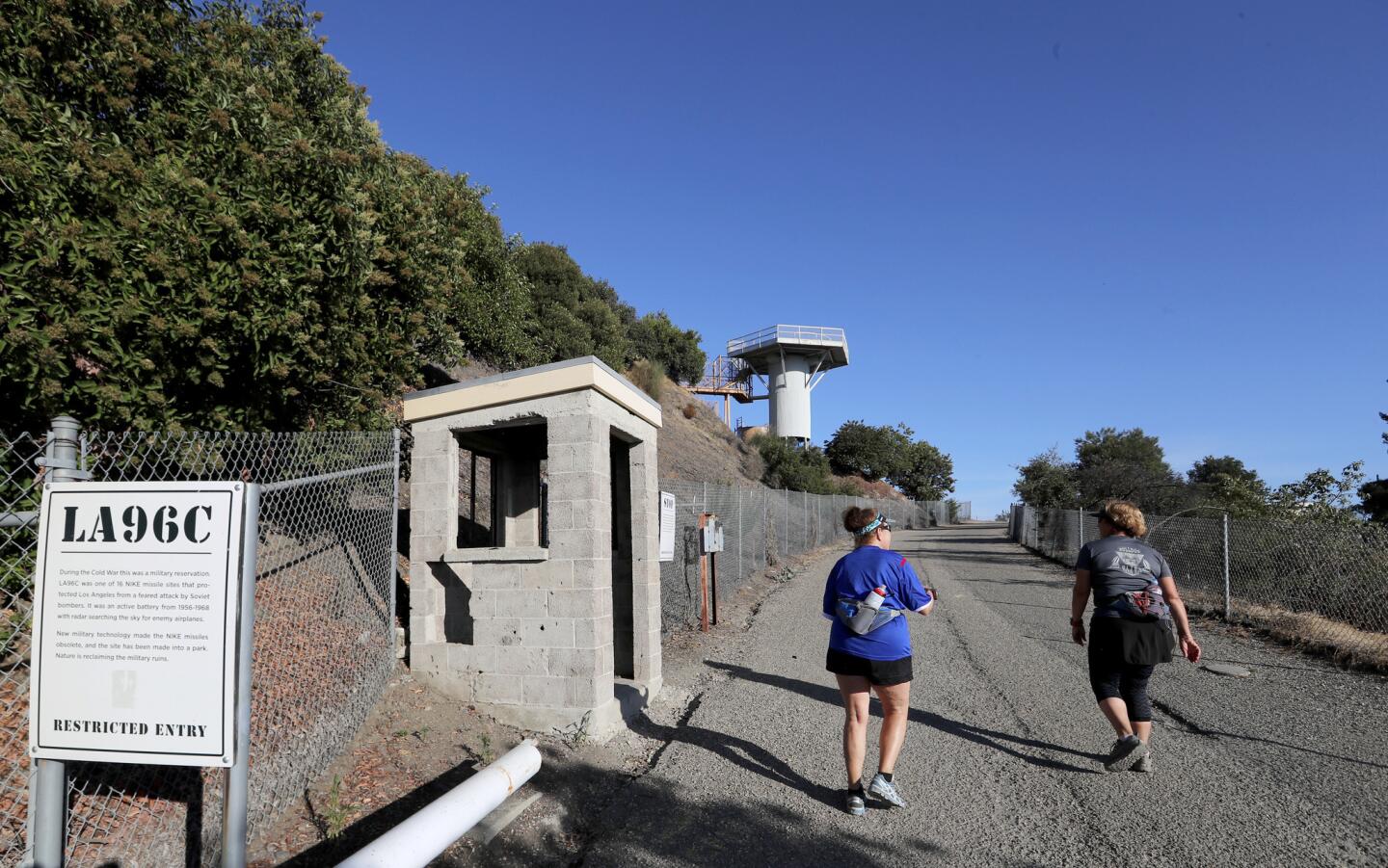
A view of the former Nike surface-to-air missile outpost that is now San Vicente Mountain Park in Los Angeles. The outpost was operated by the Army from 1956 to 1968 and was the principal control base for a series of Nike surface-to-air missiles, hidden in silos across the city and designed to protect Southern California from attacks by Soviet bombers. Now part of the Santa Monica Mountains Conservancy, it boasts public restrooms, drinking fountains, picnic tables and informational plaques.
(Allen J. Schaben / Los Angeles Times)Advertisement
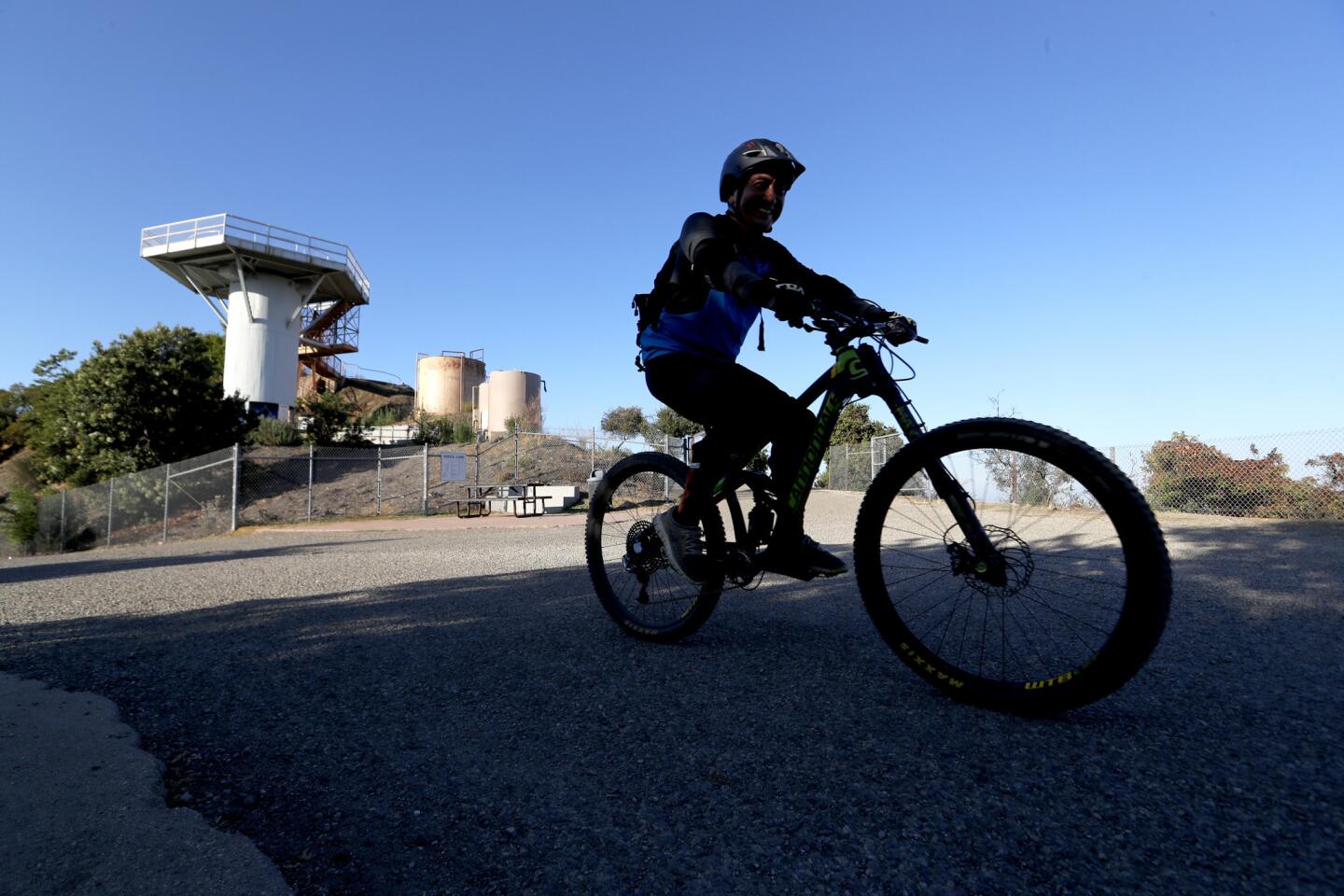
A view of the former Nike surface-to-air missile outpost that is now San Vicente Mountain Park in Los Angeles. The outpost was operated by the Army from 1956 to 1968 and was the principal control base for a series of Nike surface-to-air missiles, hidden in silos across the city and designed to protect Southern California from attacks by Soviet bombers. Now part of the Santa Monica Mountains Conservancy, it boasts public restrooms, drinking fountains, picnic tables and informational plaques.
(Allen J. Schaben / Los Angeles Times)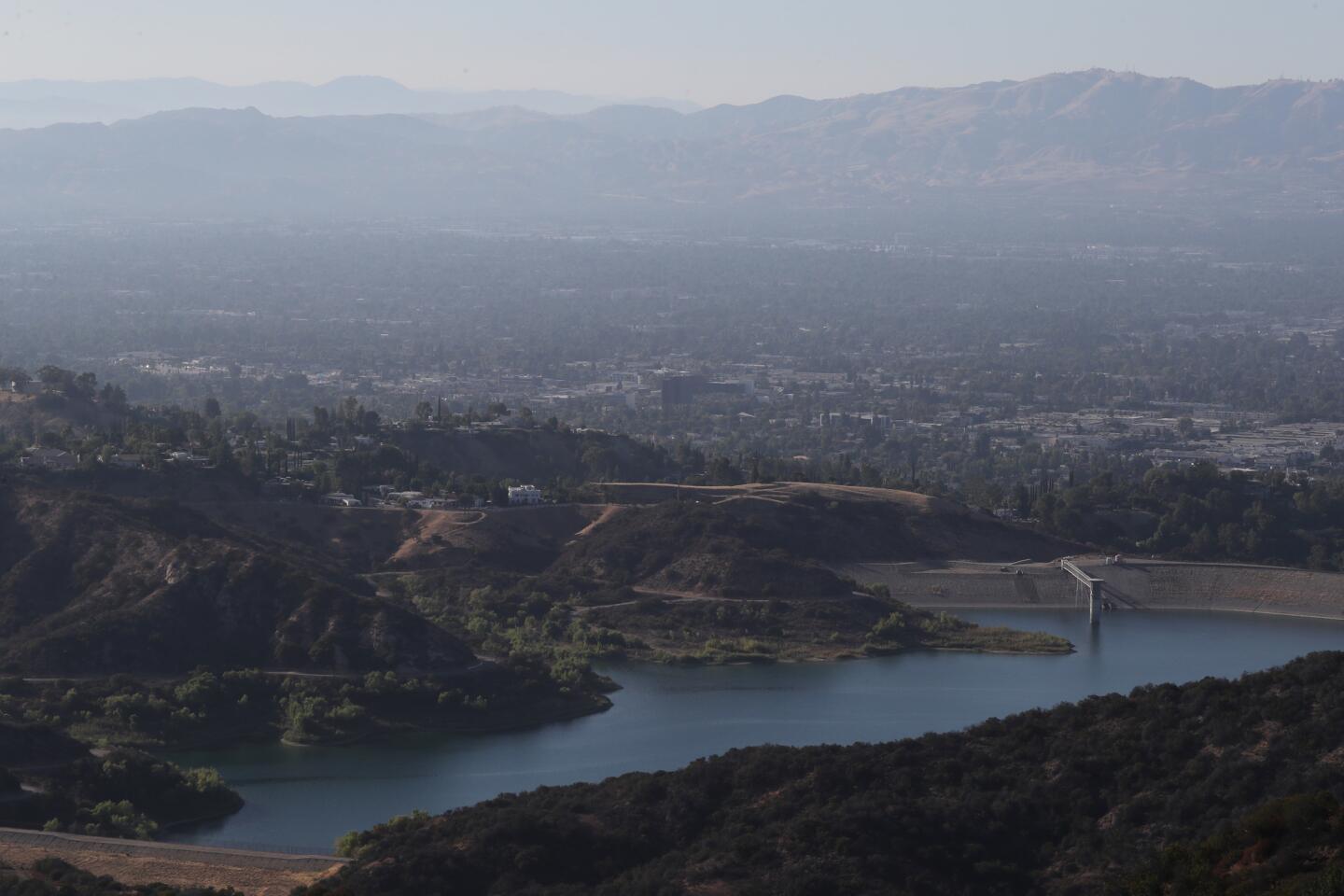
A view of the former Nike surface-to-air missile outpost that is now San Vicente Mountain Park in Los Angeles. The outpost was operated by the Army from 1956 to 1968 and was the principal control base for a series of Nike surface-to-air missiles, hidden in silos across the city and designed to protect Southern California from attacks by Soviet bombers. Now part of the Santa Monica Mountains Conservancy, it boasts public restrooms, drinking fountains, picnic tables and informational plaques.
(Allen J. Schaben / Los Angeles Times)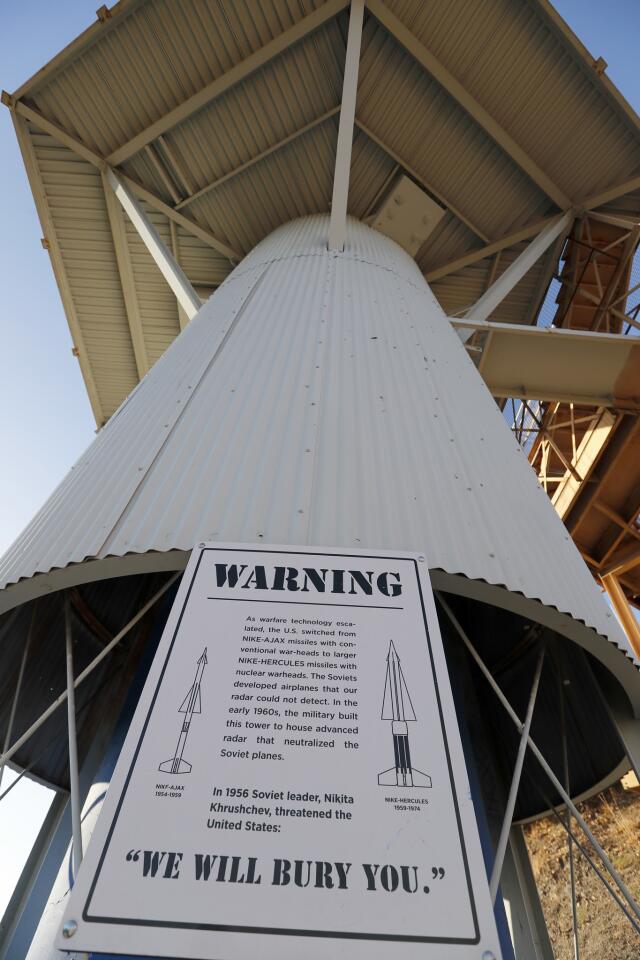
A view of the former Nike surface-to-air missile outpost that is now San Vicente Mountain Park in Los Angeles. The outpost was operated by the Army from 1956 to 1968 and was the principal control base for a series of Nike surface-to-air missiles, hidden in silos across the city and designed to protect Southern California from attacks by Soviet bombers. Now part of the Santa Monica Mountains Conservancy, it boasts public restrooms, drinking fountains, picnic tables and informational plaques.
(Allen J. Schaben / Los Angeles Times)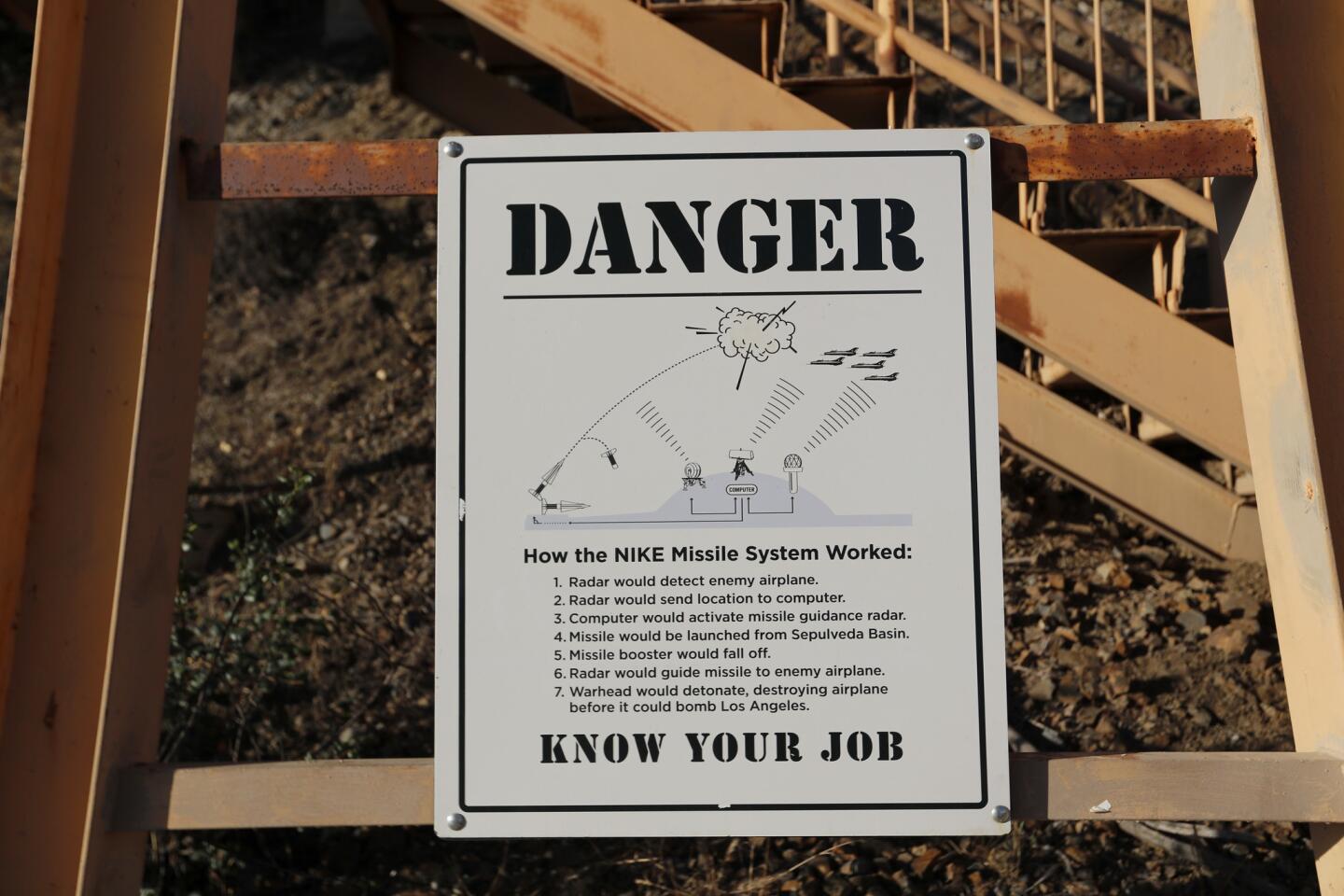
A view of the former Nike surface-to-air missile outpost that is now San Vicente Mountain Park in Los Angeles. The outpost was operated by the Army from 1956 to 1968 and was the principal control base for a series of Nike surface-to-air missiles, hidden in silos across the city and designed to protect Southern California from attacks by Soviet bombers. Now part of the Santa Monica Mountains Conservancy, it boasts public restrooms, drinking fountains, picnic tables and informational plaques.
(Allen J. Schaben / Los Angeles Times)Advertisement
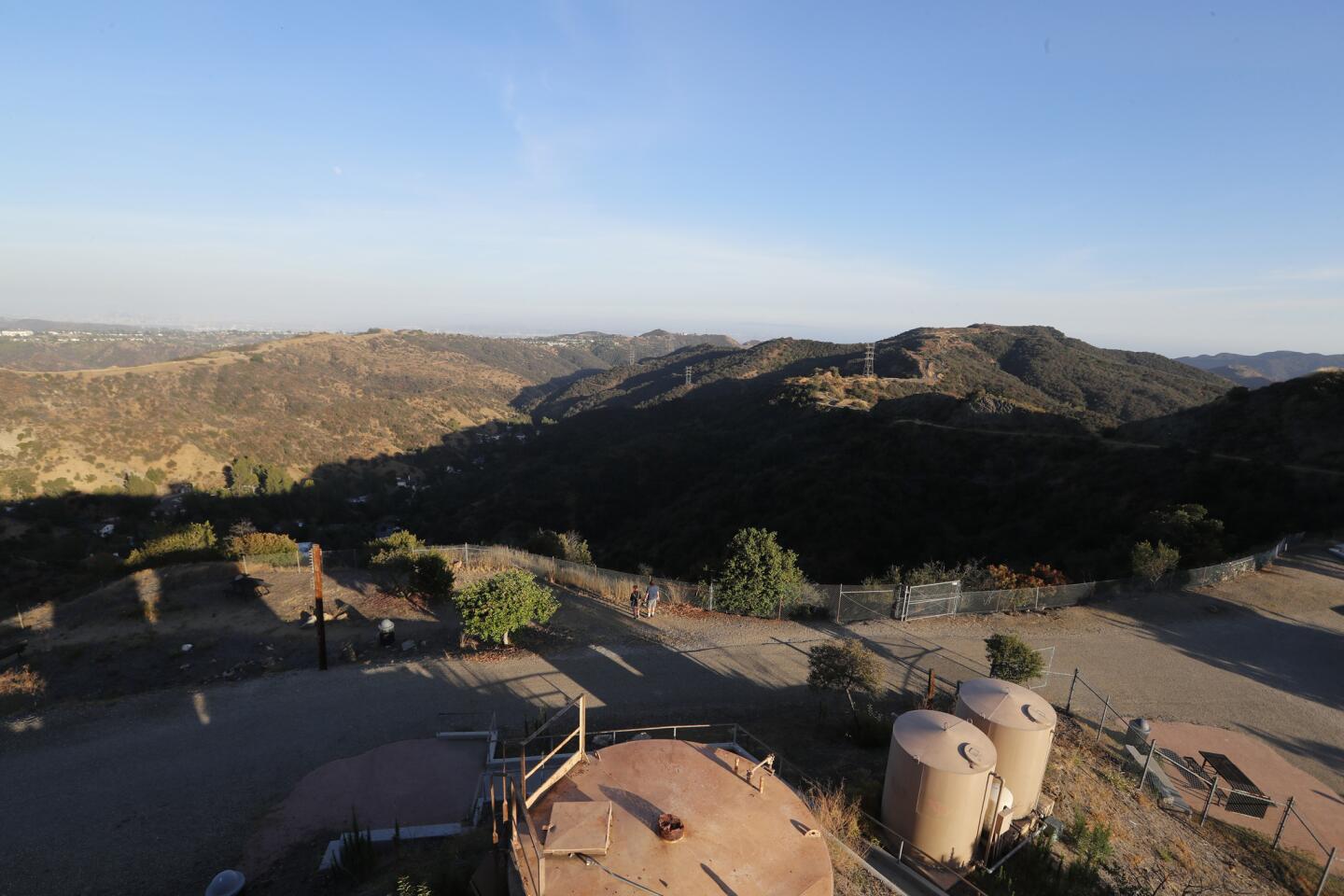
A view of the former Nike surface-to-air missile outpost that is now San Vicente Mountain Park in Los Angeles. The outpost was operated by the Army from 1956 to 1968 and was the principal control base for a series of Nike surface-to-air missiles, hidden in silos across the city and designed to protect Southern California from attacks by Soviet bombers. Now part of the Santa Monica Mountains Conservancy, it boasts public restrooms, drinking fountains, picnic tables and informational plaques.
(Allen J. Schaben / Los Angeles Times)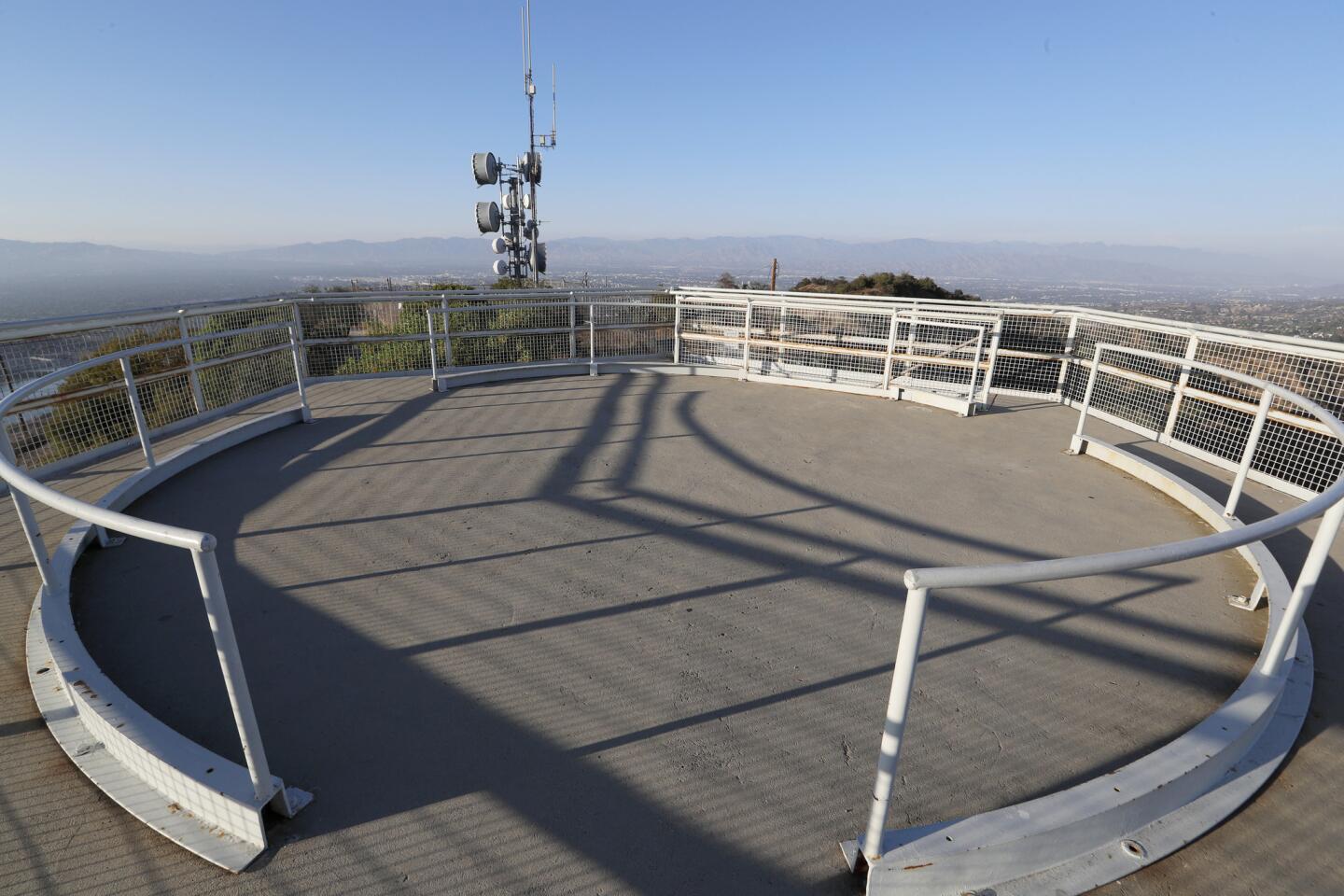
A view of the former Nike surface-to-air missile outpost that is now San Vicente Mountain Park in Los Angeles. The outpost was operated by the Army from 1956 to 1968 and was the principal control base for a series of Nike surface-to-air missiles, hidden in silos across the city and designed to protect Southern California from attacks by Soviet bombers. Now part of the Santa Monica Mountains Conservancy, it boasts public restrooms, drinking fountains, picnic tables and informational plaques.
(Allen J. Schaben / Los Angeles Times)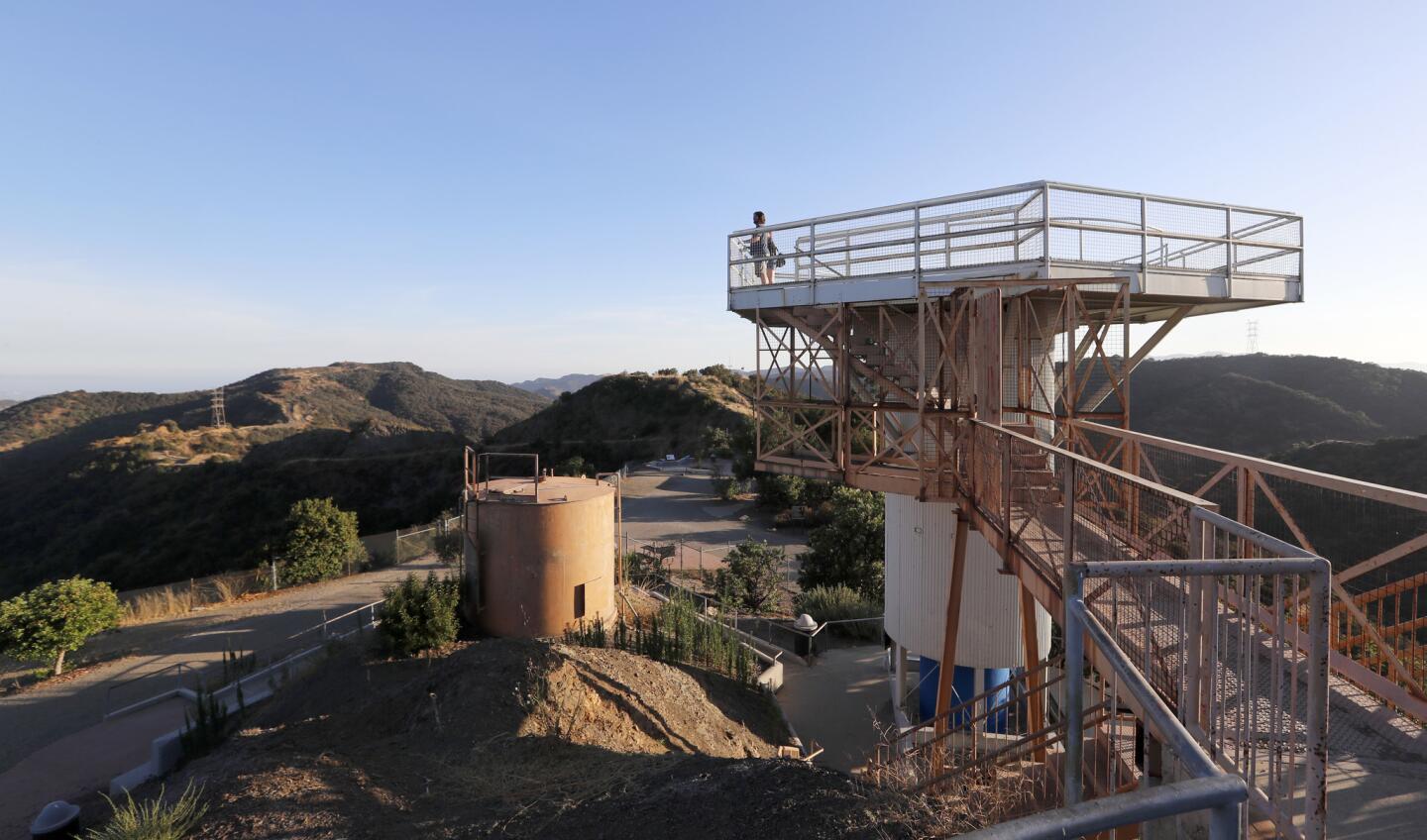
A view of the former Nike surface-to-air missile outpost that is now San Vicente Mountain Park in Los Angeles. The outpost was operated by the Army from 1956 to 1968 and was the principal control base for a series of Nike surface-to-air missiles, hidden in silos across the city and designed to protect Southern California from attacks by Soviet bombers. Now part of the Santa Monica Mountains Conservancy, it boasts public restrooms, drinking fountains, picnic tables and informational plaques.
(Allen J. Schaben / Los Angeles Times)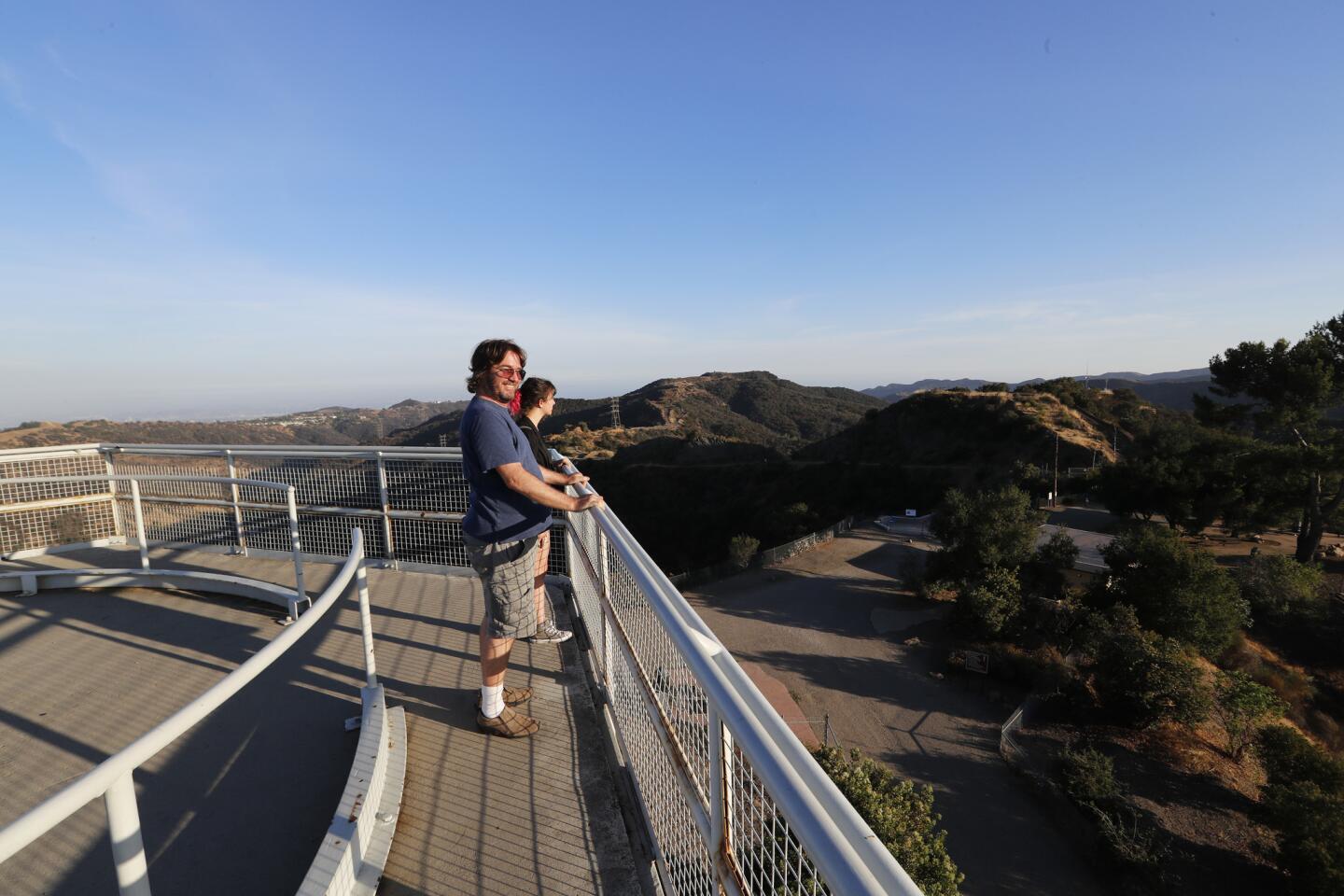
A view of the former Nike surface-to-air missile outpost that is now San Vicente Mountain Park in Los Angeles. The outpost was operated by the Army from 1956 to 1968 and was the principal control base for a series of Nike surface-to-air missiles, hidden in silos across the city and designed to protect Southern California from attacks by Soviet bombers. Now part of the Santa Monica Mountains Conservancy, it boasts public restrooms, drinking fountains, picnic tables and informational plaques.
(Allen J. Schaben / Los Angeles Times)Advertisement
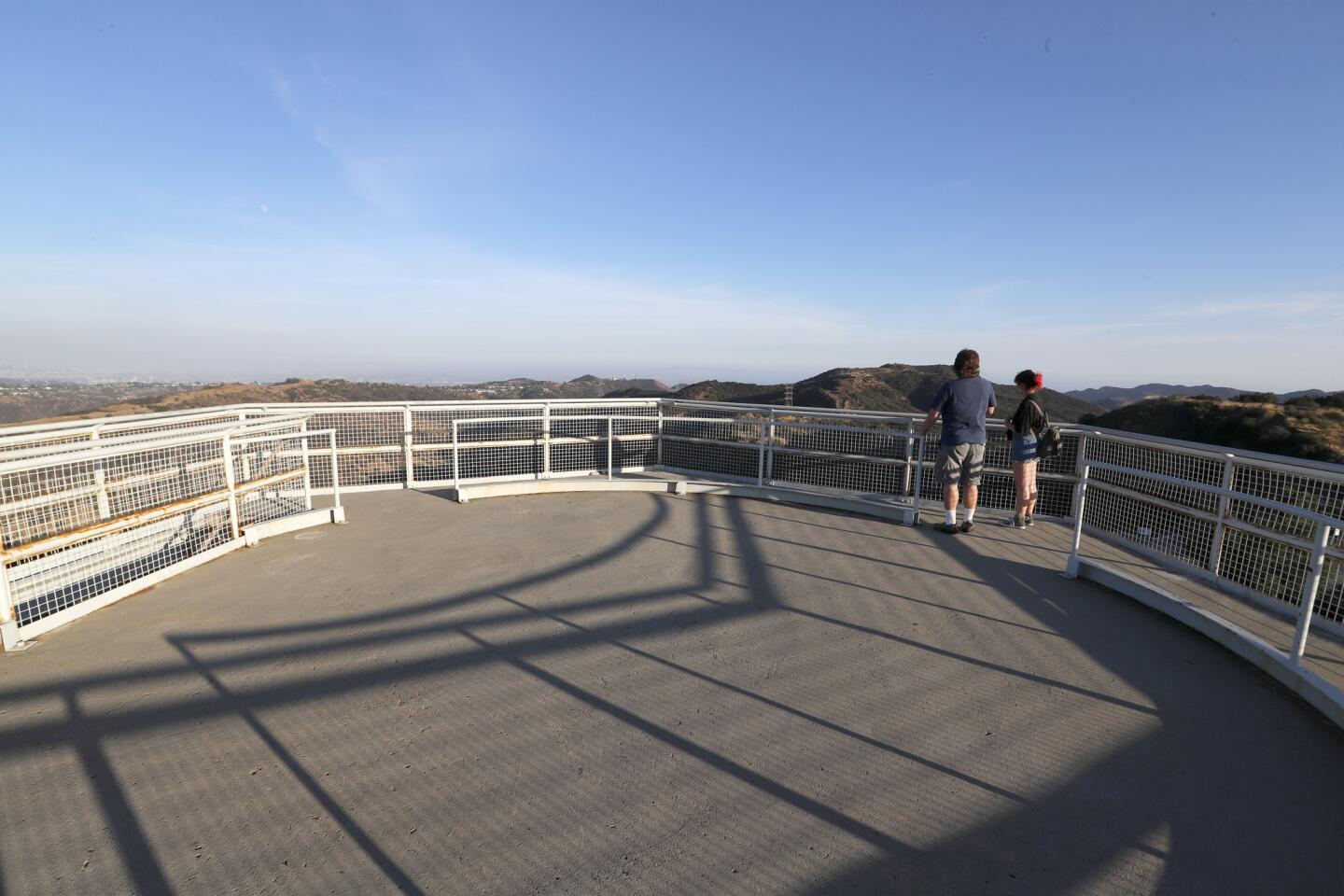
A view of the former Nike surface-to-air missile outpost that is now San Vicente Mountain Park in Los Angeles. The outpost was operated by the Army from 1956 to 1968 and was the principal control base for a series of Nike surface-to-air missiles, hidden in silos across the city and designed to protect Southern California from attacks by Soviet bombers. Now part of the Santa Monica Mountains Conservancy, it boasts public restrooms, drinking fountains, picnic tables and informational plaques.
(Allen J. Schaben / Los Angeles Times)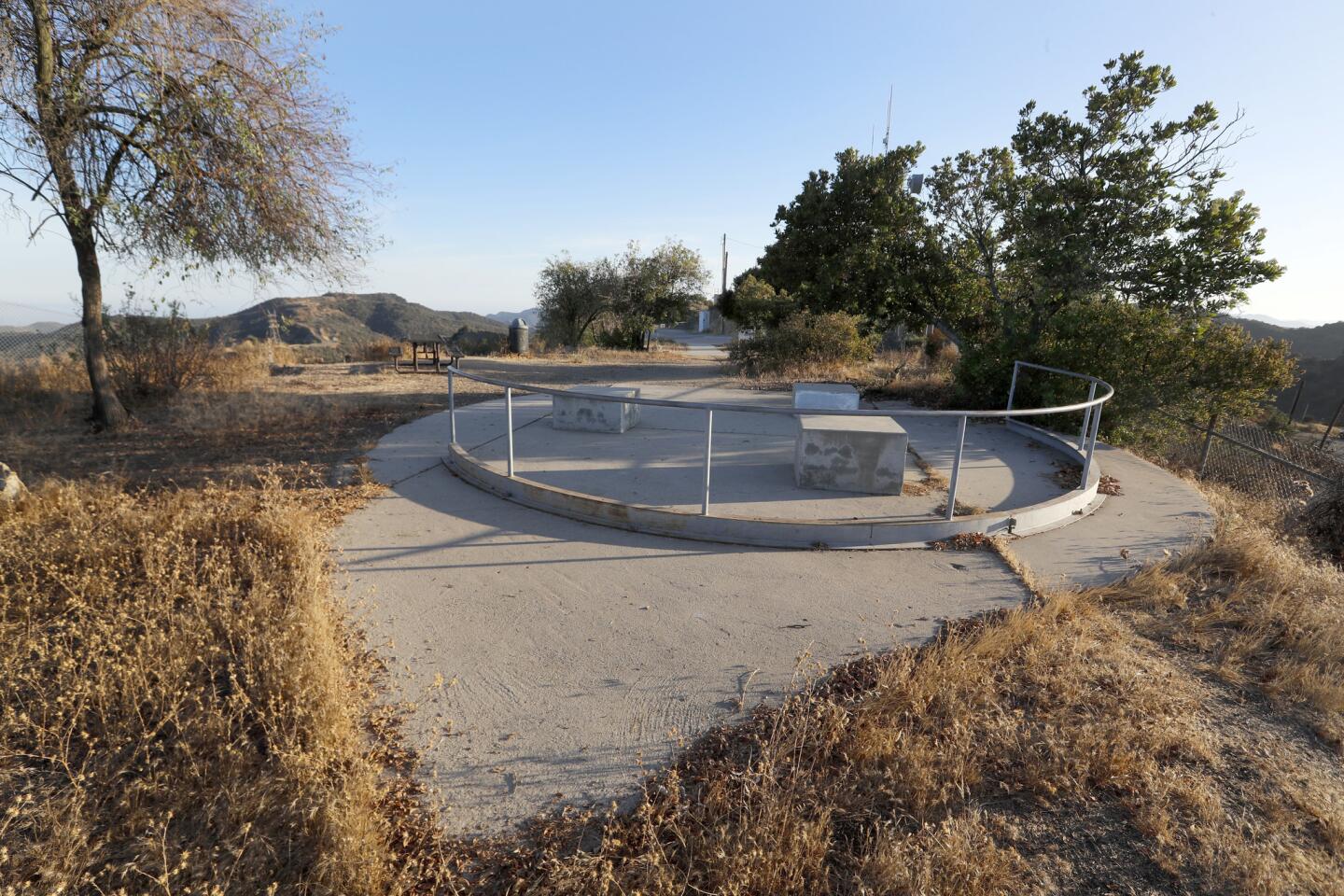
A view of the former Nike surface-to-air missile outpost that is now San Vicente Mountain Park in Los Angeles. The outpost was operated by the Army from 1956 to 1968 and was the principal control base for a series of Nike surface-to-air missiles, hidden in silos across the city and designed to protect Southern California from attacks by Soviet bombers. Now part of the Santa Monica Mountains Conservancy, it boasts public restrooms, drinking fountains, picnic tables and informational plaques.
(Allen J. Schaben / Los Angeles Times)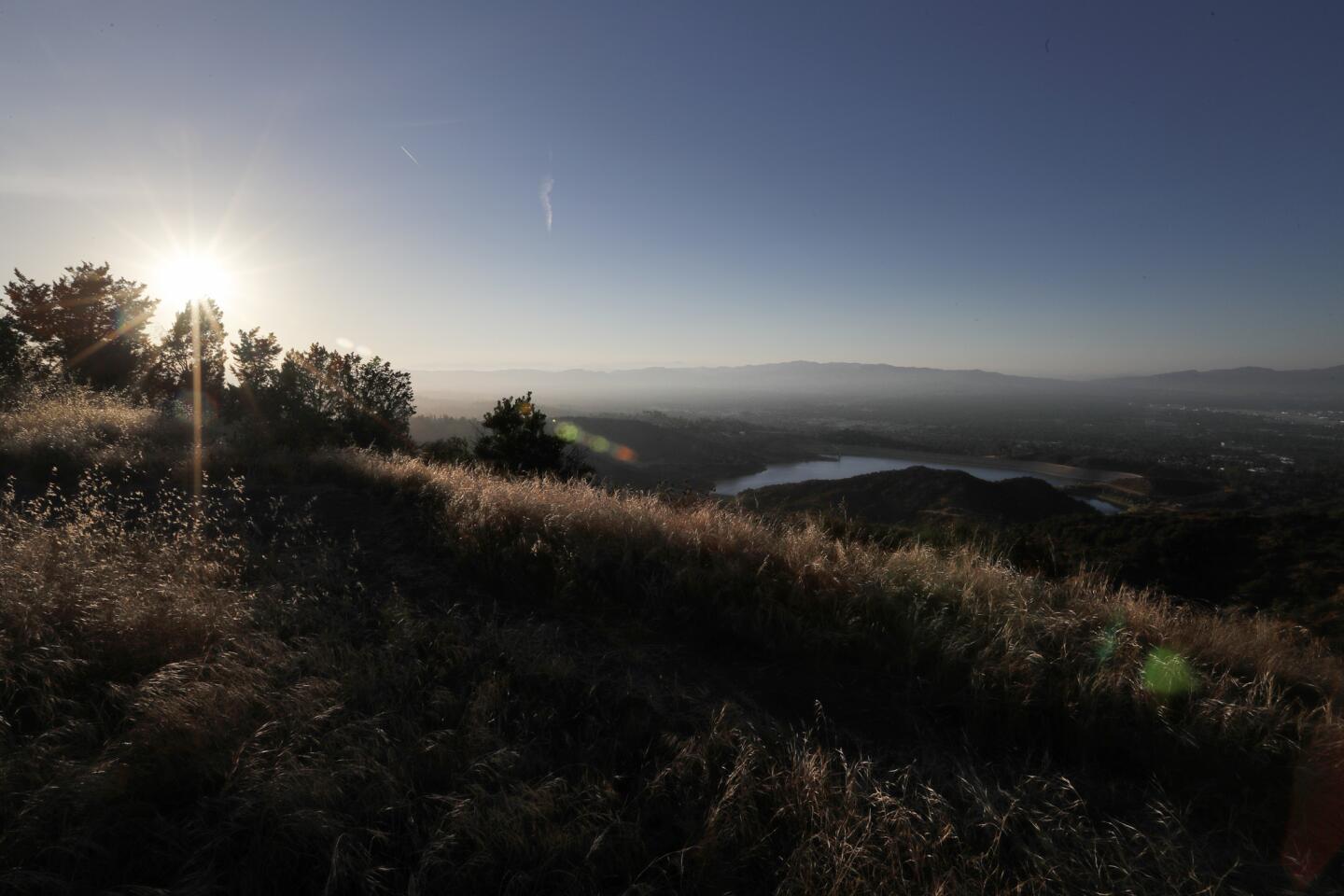
A view of the former Nike surface-to-air missile outpost that is now San Vicente Mountain Park in Los Angeles. The outpost was operated by the Army from 1956 to 1968 and was the principal control base for a series of Nike surface-to-air missiles, hidden in silos across the city and designed to protect Southern California from attacks by Soviet bombers. Now part of the Santa Monica Mountains Conservancy, it boasts public restrooms, drinking fountains, picnic tables and informational plaques.
(Allen J. Schaben / Los Angeles Times)






